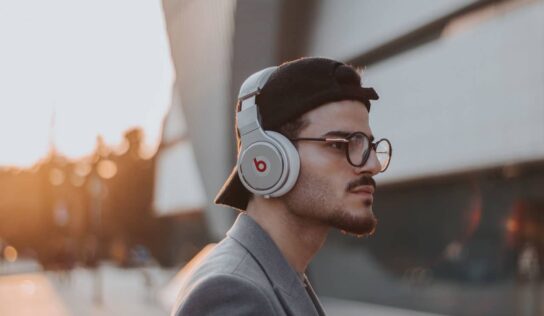In the 198os, Peter Brook’s adaptation of The Mahabharata enchanted audiences on stage and screen. As Brook’s son presents a restored print at the Venice film festival, he and his team discuss the work’s extraordinary journey
When Antonin Stahly was nine years old, his mother took him to the Théâtre des Bouffes du Nord in Paris to see a production of the ancient Indian epic The Mahabharata, which translates loosely as “the great story of mankind”. More than 20 actors from 16 countries performed on a stage steeped in red earth and scarred by a water-filled trench; fire also played a leading role. Directed by Peter Brook, whom the RSC founder Peter Hall called “the greatest innovator of his generation”, and adapted by Luis Buñuel’s former co-writer Jean-Claude Carrière, this spectacular Mahabharata weighed in at nine hours, plus intervals. Even at that length, it represented a massive compression of its source text, which runs to 1.8m words. Brook and Carrière’s version has been likened to summarising the Bible in 40 minutes.
Audiences could devour The Mahabharata in three parts over successive evenings or as an all-day weekend marathon; in some outdoor venues, such as the limestone quarry in Avignon where the production premiered in 1985, it began at dusk and climaxed just as the dawn sun lit up the sky. Stahly saw it in a single noon-to-midnight sitting. “It was like a superhero fantasy,” he says, still sounding awestruck. “It had Bhima, the strongest man on Earth, and Bhishma, who has the power to live for ever. Arjuna was the best warrior. And then there were all the gods. It was amazing for me, because I’m half Indian, but I wasn’t brought up in an Indian context.”



















